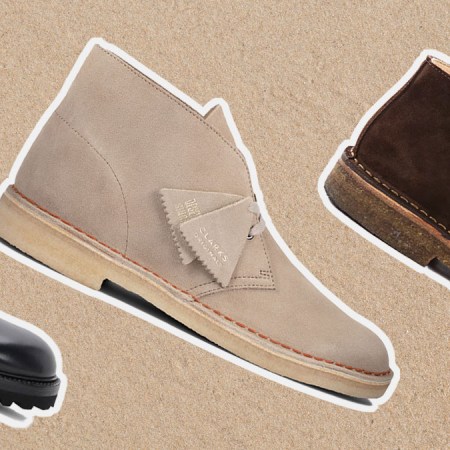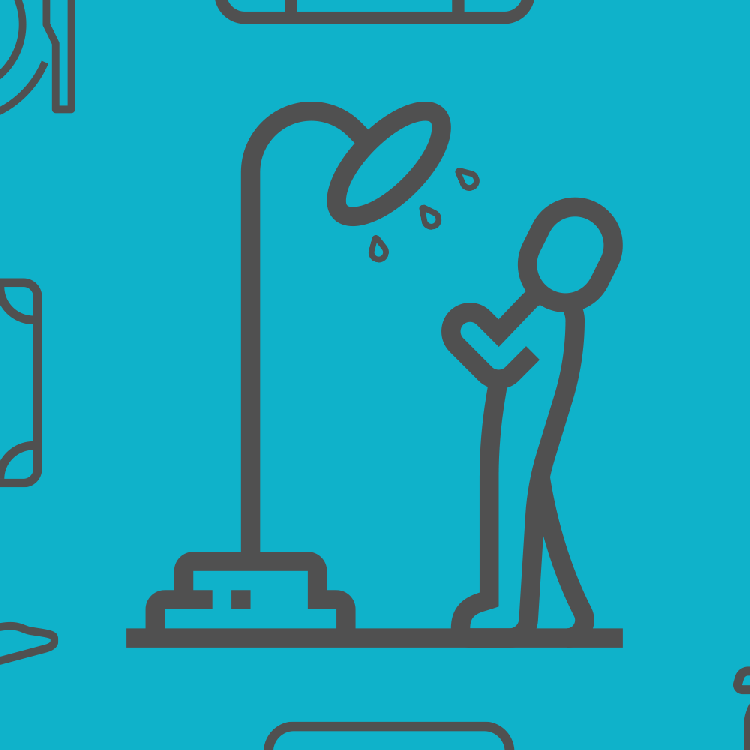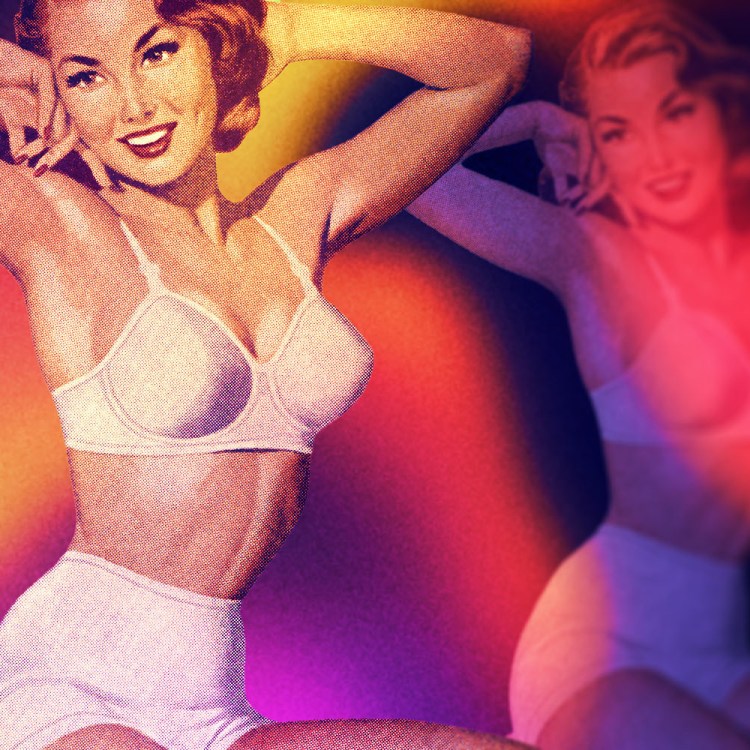Based on the fact that you’re reading beyond the headline (yeah, pun, we know), let’s assume you have hair. (If not, try this.)
Now then: Do you have any idea what to do with it?
If you’re drawing a blank, we found someone who can help: barber Van Capizzano, who’s manned the clippers at New York’s Ludlow Blunt and Freemans Sporting Club and just opened Tribe Barber in Boston’s South End.
We recently talked to Van about how to choose between pomade, gels and other hair goops. This time, he’ll be breaking down some very specific dos and don’ts concerning your hair and the oft-misunderstood forces (read: product) that tame it.
DON’T: Assume you can put everything in wet hair
It’s tempting to just apply a dollop of whatever you’re holding between your hands fresh out the shower and get on with your morning posthaste. But not all products are meant to be applied to a waterlogged scalp. “If you see anything with petroleum or a chemical that represents petroleum [such as any synthetic glycerin] high up on the ingredients list you want to avoid water,” Capizzano says. Petroleum falls under that old maxim: oil and water don’t mix.
DO: Know the right amount of dryness for each kind product
Not all states of dry are equal. Van recommends putting a high-hold pomade like Layrite Super Hold in entirely dry hair, which can then be molded into your desired styling shape. Clays like Baxter of California Clay Pomade can be applied either medium or fully dry — the drier your hair, the more hold it will have. Styling creams like Kiehl’s Creme with Silk Groom or Malin + Goetz Sage Styling Cream can be applied to anything from very dry to very wet hair (the dryer your hair, the more hold and shine the styling cream will have, and vice versa). Shea butter, being an oil, should be mixed into completely dry hair.
DON’T: Use hairspray
To quote Capizzano, “Hairspray is the ‘70s.” Aside from being a throwback to Saturday Night Fever, they dry your hair out. “You’re actually creating the problem you’re trying to fix,” says Capizzano.
DO: Know when a little friction is called for
Clay pomades will require some serious palm-generated heat to make them more pliable before applying. Other products: not so much.
DON’T: Try to over control your hair
“The biggest problem we have as a species is control,” Capizzano says. “There has to be a level of natural look to it, so you’re not over-affecting it. If you’re trying to affect anything, you’re hurting it.”
DO: Settle for less, not more
“It’s much better to walk away thinking you could have used more product than to have too much in your hair.”
DON’T: Think you have to wash it all out each night
“It’s all about visuals. Does it still look the way you want it to when you get up in the morning? Would adding just a little bit more product make it look good? It’s not necessarily going to burn your hair the longer it’s in.” Most products, specifically styling creams, pomades and clays will re-activate once you get them wet again in the morning — they’ll just be a milder version of what they were when you started.
DO: Add more if you feel it’s needed
“It’s all about the visuals. You can always get your hair wet again with [most products] and add a little more.”
DON’T: Assume that “water-soluble” means you’re in the clear
“Most people seem to think water-soluble means natural or non-damaging to your hair, when that’s not the case at all.”
DO: Read the ingredients list instead.
“Really look at the first five or six ingredients and see how close they are to natural. It’s like anything: whatever you eat, the first three to four things in the ingredients is what it is. So if you research the first four or five ingredients in a product and they come up as chemicals, I would avoid that.”
This article was featured in the InsideHook newsletter. Sign up now.




















